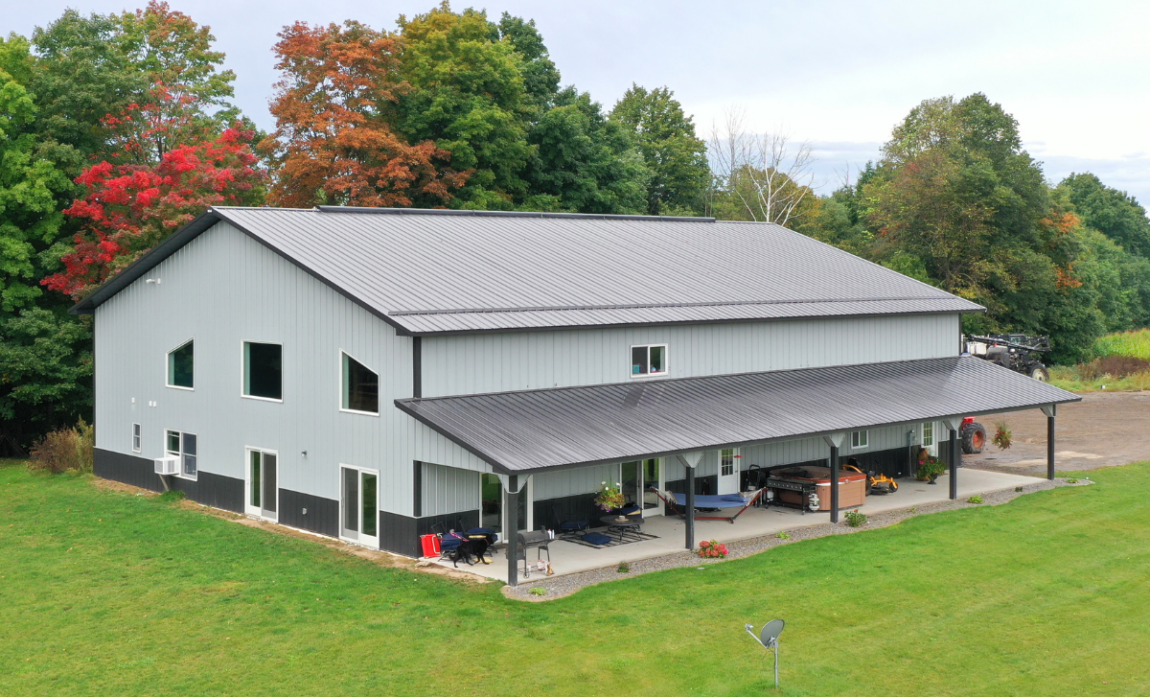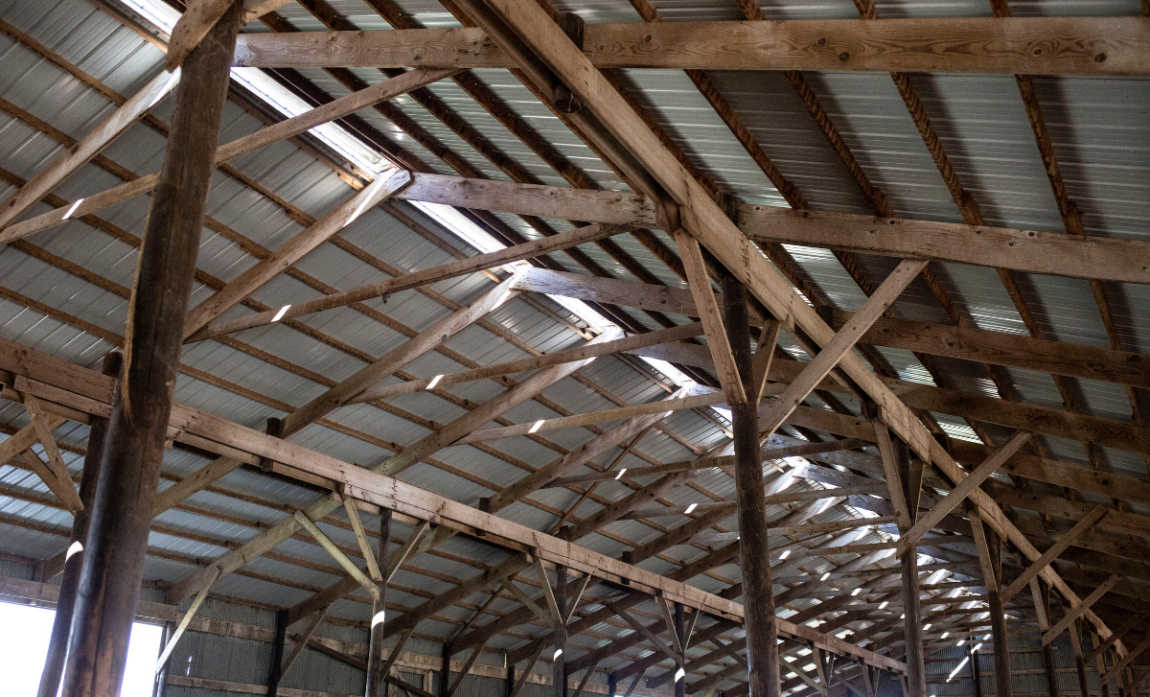When zoning boards automatically reject the construction of a project based on the classification “post-frame building,” they are acting without understanding true post-frame construction design principles. By doing so, they’re actually short-changing their local economy.
Today the term “post-frame building” is predominantly used by people within the industry. Outside our ranks, the term “pole-barn” prevails.
It’s unfortunate, because the confusion between the old perception of a “pole-barn” and what actually defines a post-frame structure has prompted many municipal zoning boards to deny building permits.
It’s an unfortunate and unjust mischaracterization, so let’s set the record straight.
There’s More to a “Pole-Barn” Than Meets the Eyes
Say “pole-barn” to a member of a zoning board, and they think of a poorly-constructed building with an unsightly exterior.
 David R. Bohnhoff, Ph.D.
David R. Bohnhoff, Ph.D.
That’s the point David R. Bohnhoff, P.E., a Professor of Engineering at the University of Wisconsin-Madison, makes in this essay published on Post-Frame Advantage. He notes that many zoning board members don’t truly understand what a post-frame building system is:
“If it were clear to these individuals, they would not partake in the utterly ludicrous practice of zoning out a particular framing/support system when their real desire is to control some other building characteristic/system.”
Bohnhoff notes (in all caps) that these individual must understand a simple fact about post-frame building systems: “IT’S JUST A STRUCTURAL FRAMING SYSTEM.”
That’s right. Just a structural framing system. It’s not defined by the interior or exterior wall system, nor the roof, ceiling or floor finish, nor anything related to the insulation. That’s an important distinction, because what it means is that not all pole-barns are created equal.
In other words, the zoning board may be reacting to the stereotype of a pole-barn with a hideous exterior. But if that’s the case, then you should ban hideous exteriors, not a framing system.
If a house is built with wood-based framing system and the siding is butt-ugly, then the zoning board should ban wood-based framing system. If you see a ghastly skyscraper, then you should ban steel-based framing systems. And so on.
Post-Frame Design Principles: Think Flexibility, Not Facades
To understand Bohnhoff’s point, let’s quickly review his distinction of the other structure support systems:
* Steel-based: Range from high-rise, three-dimensional steel-framed structures to buildings entirely framed with cold-formed, light-gage steel components.
* Wood-based: Includes log, timber-frame, light-wood frame, structural insulated panel (SIP) and post-frame.
Perhaps some of the issues that Bohnhoff details are lost upon zoning commissions because they get somewhat technical — but it’s these technical details which are the true strength of the post-frame building. He notes there are two core characteristics stand out:
2. There is no roof framing system that is unique to post-frame.
Note that within those two core characteristics, there is no mention of exteriors. In fact, it’s the lack of defining characteristics which truly spell the difference in a post-frame building.
This flexibility has led to a wide-range of buildings. In fact, Post-Frame Advantage lists 12 application examples:
* Buildings with tall exterior walls
* Bulk storage facilities
* Buildings with open walls
* Buildings requiring interior posts
* Buildings with large clearspan wood trusses
* Buildings that accommodate non-structural “INFILL” panels/materials
* Stilt Buildings
* Towers and buildings with towers
* Buildings with post-supported roof overhangs and porches
* Buildings with bracket-supported overhangs
We see these applications every day in the agricultural, commercial, and recreational buildings we construct. Post-frame construction allows us the flexibility we need to meet the requirements of each particular customer, matching any benefit of other framing systems, while still retaining the nimbleness to customize where needed.
Bohnhoff’s point isn’t just that you can’t judge a book by its cover. It’s that for the common economic good, you shouldn’t. Especially when it comes to post-frame construction.





